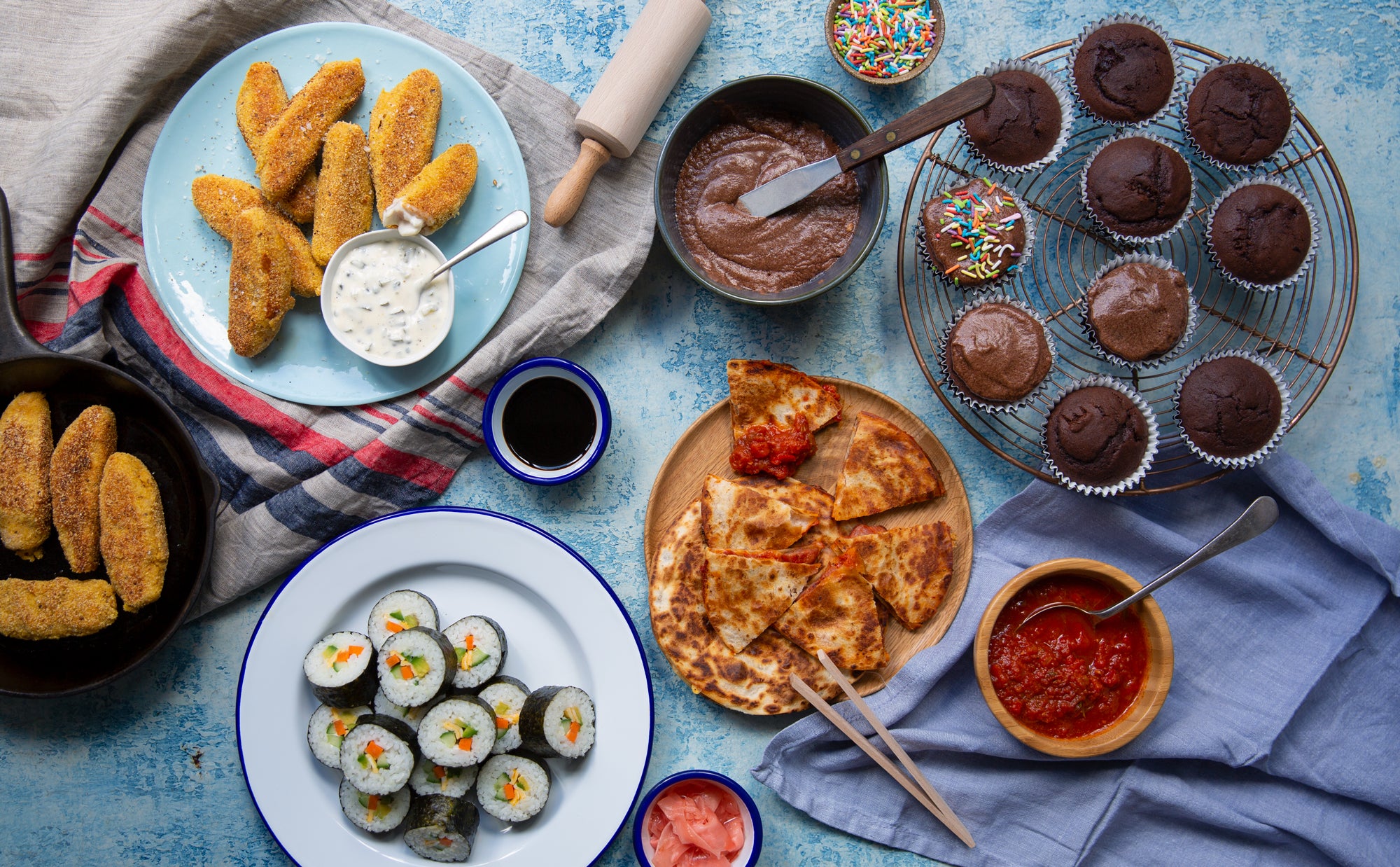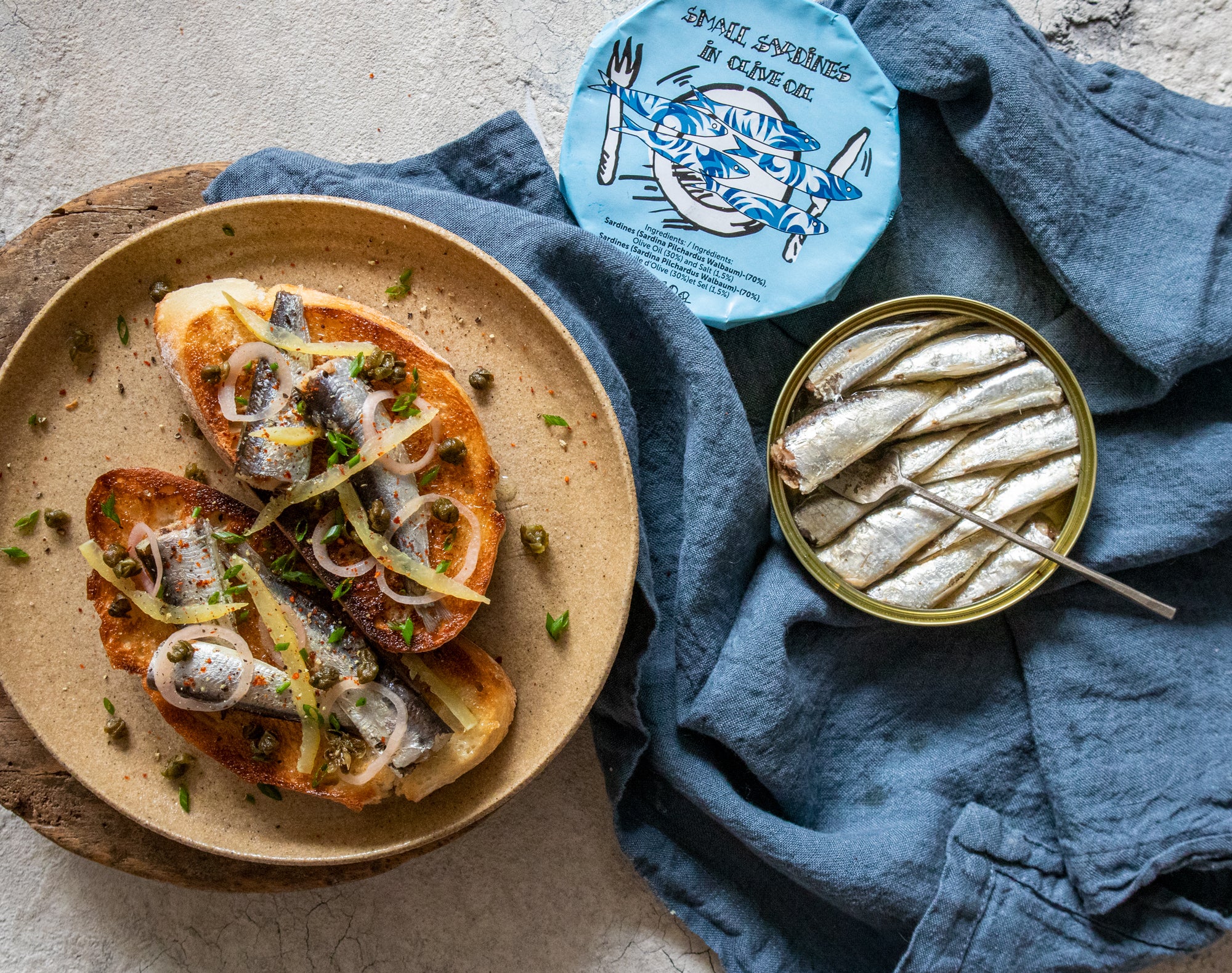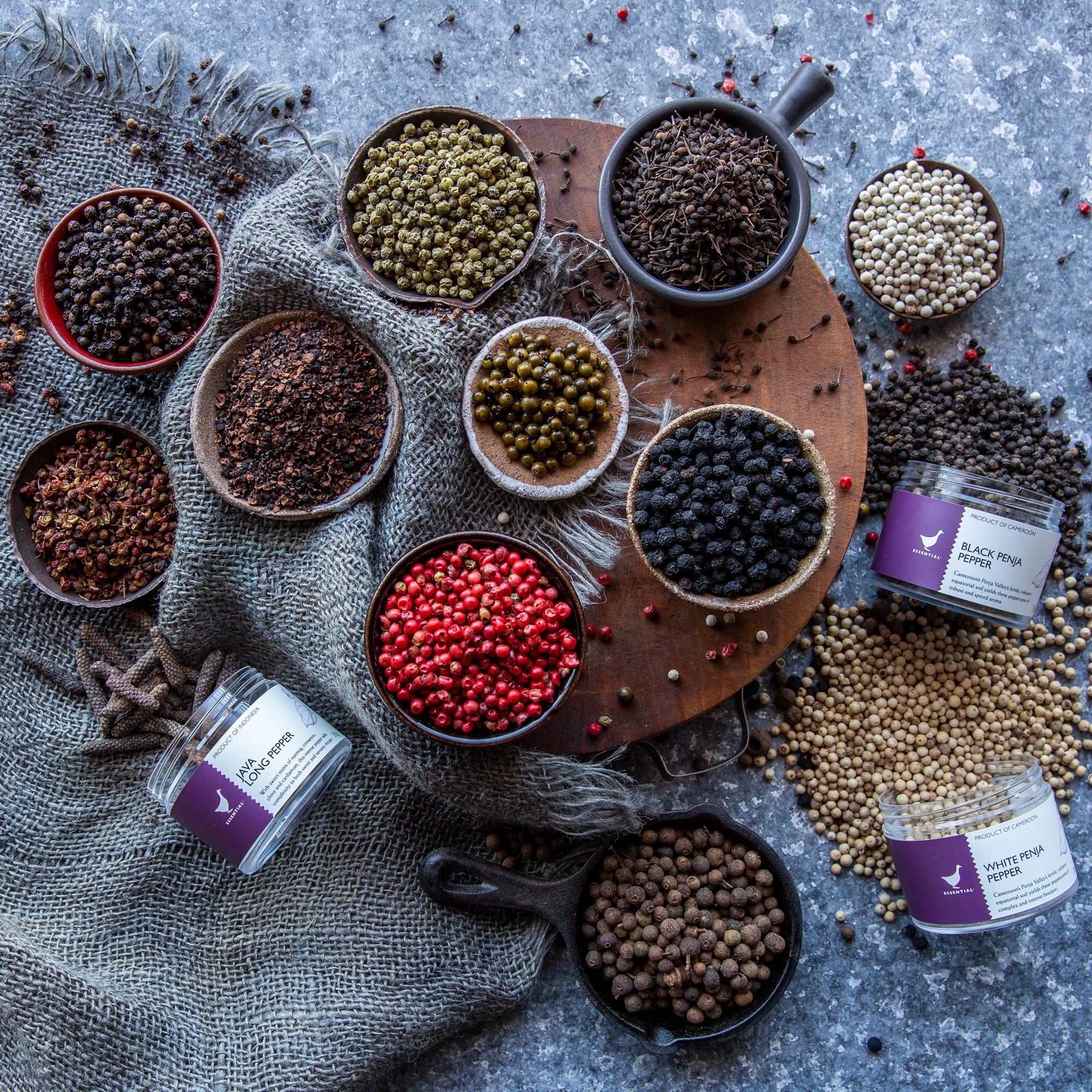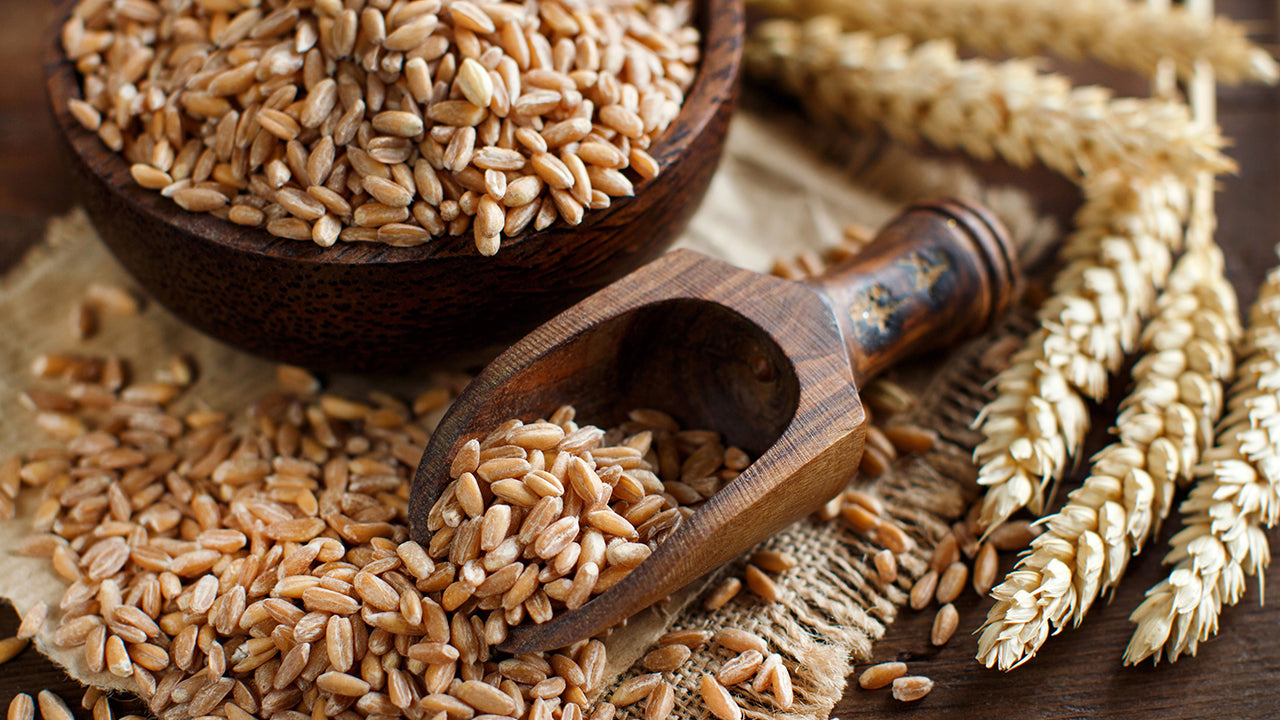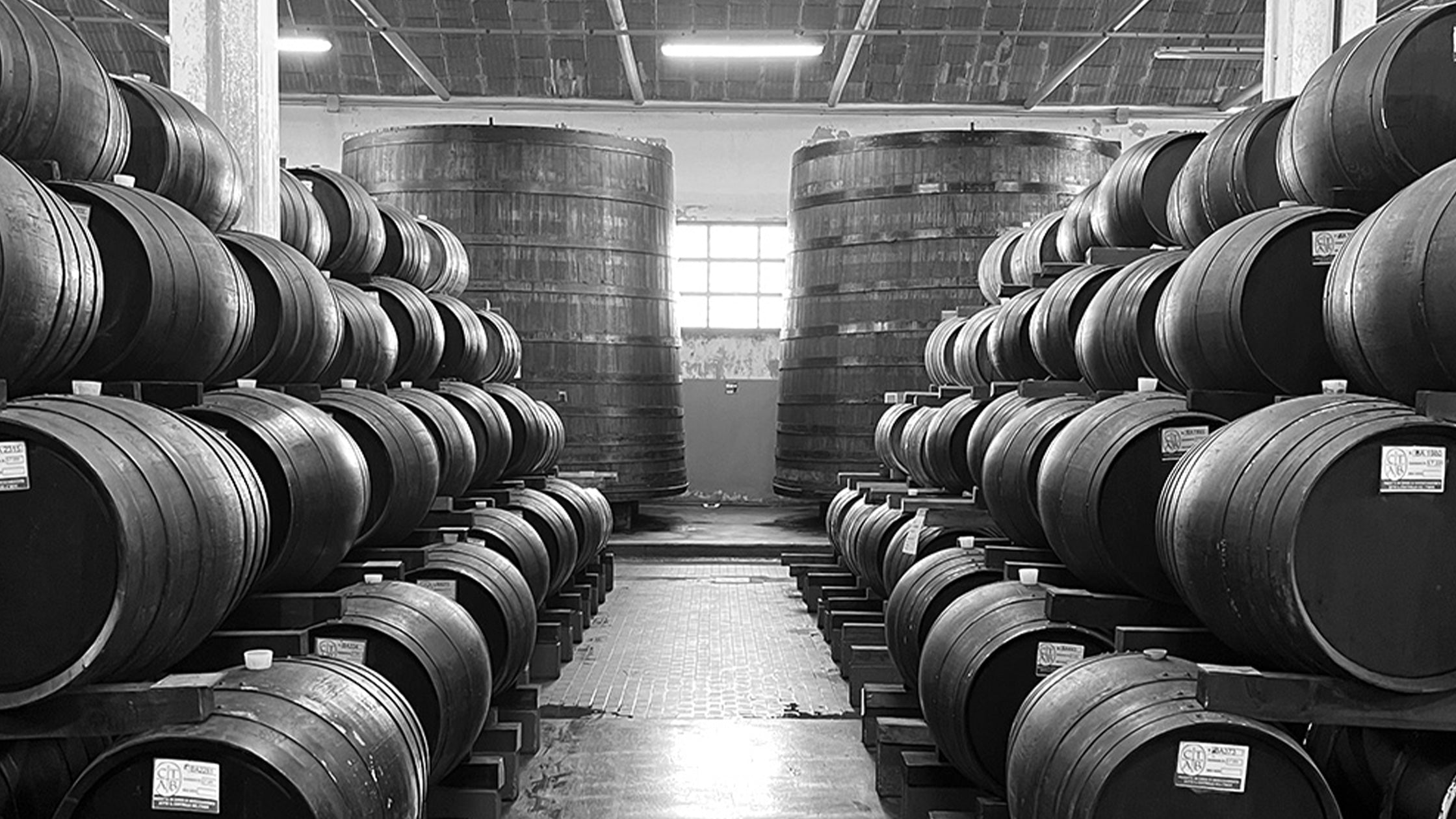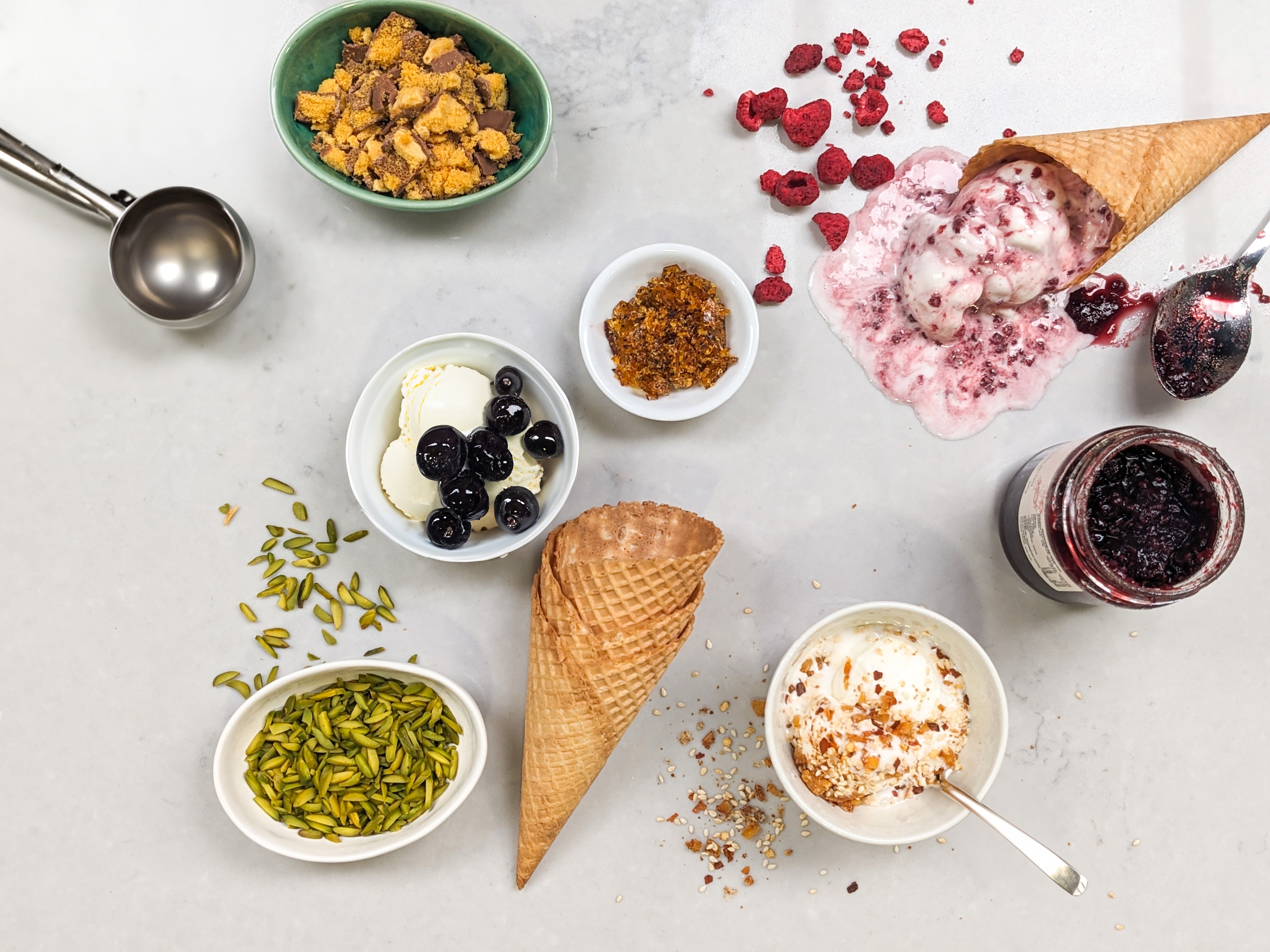
Native Australian Foods - A History
Last updatedAt the time of white settlement in the late eighteenth century it is estimated that the Aboriginal population ate approximately five thousand plant and animal species in Australia and had been doing so for over 50,000 years. This is a staggering twenty percent of native flora and fauna found in Australia. Early white settlers and explorers may have used ingenuity and creativity with the native foods available, often with the help of the Aboriginal people who demonstrated the best way of preparing the local ingredients. Nonetheless, the white Australian diet largely remained British until the Gold Rushes of the mid-nineteenth century brought in other food cultures from around the globe, particularly Chinese cuisine and ingredients, while native foods fell by the wayside until more recently. As such, the history of indigenous foods has suffered both ups and downs in the last 239 years.
While native foods may not have been adopted by early settlers beyond basic survival and supplementing the limited diet of early colonial years, there is one Australian aristologist (a person who studies the science of cooking and dining) who included native ingredients in Australia’s oldest extant cookbook The English and Australian Cookery Book. Published in 1864 by Edward Abbott it utilised many of the native foods on offer across the country. Primarily, he focused on native animals, with a particular focus on fish – with sections of his book being dedicated to the numerous varieties of fish found in South Australia, Victoria, Tasmania and New South Wales. Other recipes using Australian ingredients are largely found in the ‘Game’ section where he covers everything from Pan Jam – Kangaroo tails cooked in the ashes until nearly done and then fried gently in bacon fat with mushrooms and was regarded as “first rate tack”. Roasted Emu, Wombat, and Wattle Birds also make “very fine eating”. Although this Beeton-esque tome does not make much use of native flora, fruits and nuts such as quandongs, rosellas or wild hibiscus, native currants and native raspberries were in fact being harvested for both domestic use and for profit continuously until the 1930s.
The use of native Australian produce in a western culinary context has come a long way since the days of ‘Slippery Bob’ – another dish from Edward Abbott consisting of battered Kangaroo brains that are then fried in Emu fat. The number of restaurants and recipes that incorporate native foods has been growing exponentially since the late twentieth century, especially with the influence of the Internet. This increased interest has led to the commercial production and sale of a variety of native ingredients. Joining macadamia nuts (the only commercially grown native in the mid 1980s) are now popular native products such as wattleseed, lemon myrtle, wild hibiscus or rosella, pepperberry and pepperleaf, and aniseed myrtle, all of which have a multitude of uses which are only limited by ones imagination.
Native fruits too are taking their place in the culinary spotlight. Aside from their fantastic and unique flavours, fruits such as quandongs, riberries and Davidson plums are heralded for their high levels of antioxidants and other super-food qualities, while the Kakadu plum (a beautiful addition to baked goods and smoothies) boasts the highest levels of Vitamin C of any plant in the world. Growing across the top end of Northern Australia, the Kakadu plum has traditionally been used as both bush tucker, and medicinally by the Indigenous people across Arnhem Land for thousands of years. Finger limes, small and unassuming, have a high nutritional content and zesty character that marries beautifully with Asian flavours, as well as seafood, salad dressings and much, much more. Versatile and unique, these Indigenous ingredients are now being recognised and respected in contemporary Australian cuisine after a tumultuous 200 years.
So, why not try popping a wild hibiscus in your next glass of bubbly or make a wattleseed tiramisu, and experience some of Australia’s oldest flavours.
Introducing Grace Mooney, our resident Food Historian and beloved staff member…
Hi my name is Grace Mooney and I studied at Monash University completing my BA with Honours in 2014. In my Honours year I investigated the changing food culture in Britain throughout the 1980’s and 1990’s, with particular focus on the influence of the celebrity chefs during this time period.
Although my area of study has primarily been British food history, I have become increasingly interested in Australian food history and culture.
Aside from food history, I am a collector of vintage items- from antiquity through to the 1950’s, particularly kitchenware and home wares. I have a large collection of books (a lot of cookbooks) and of course I spend a considerate amount of time cooking and baking!

